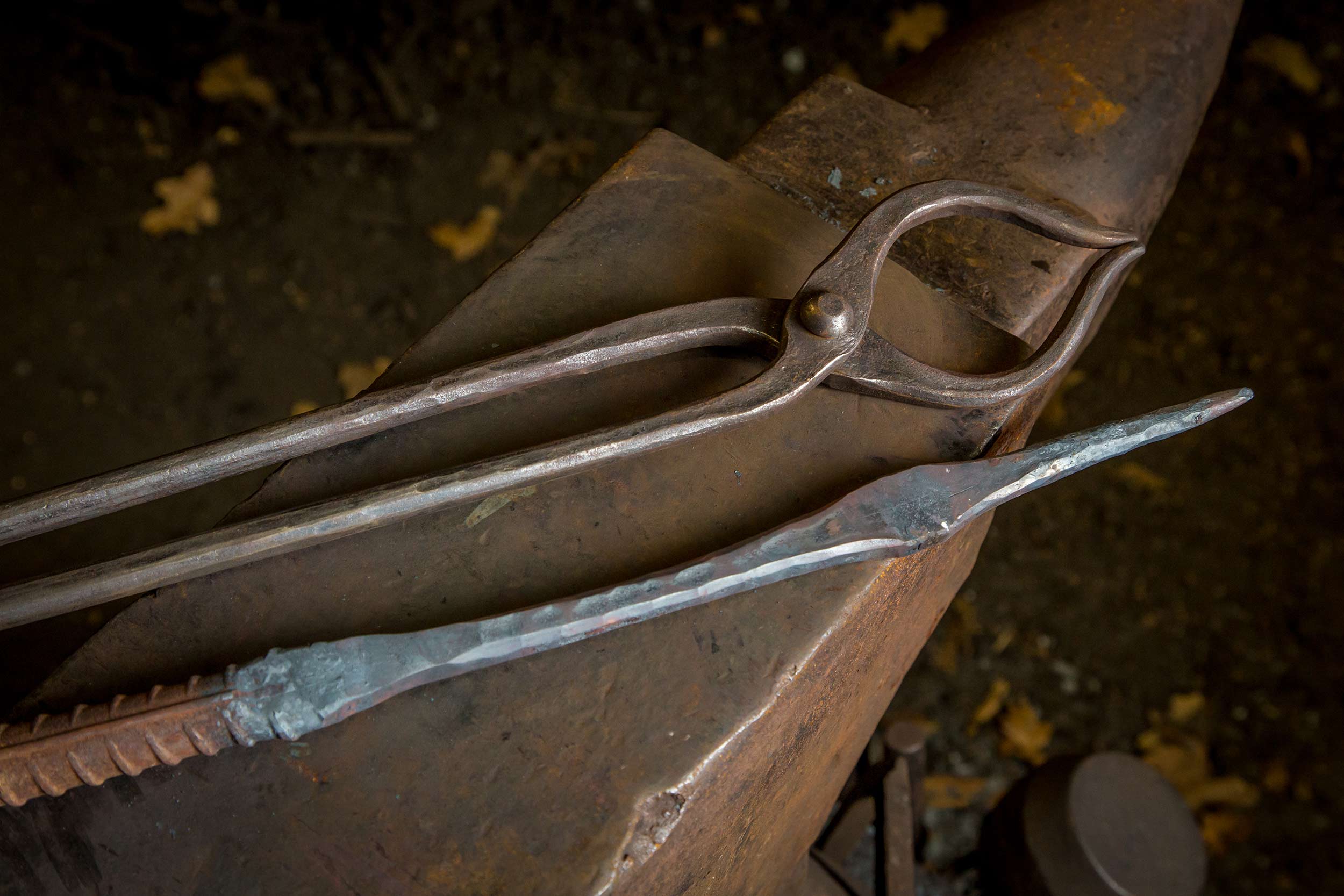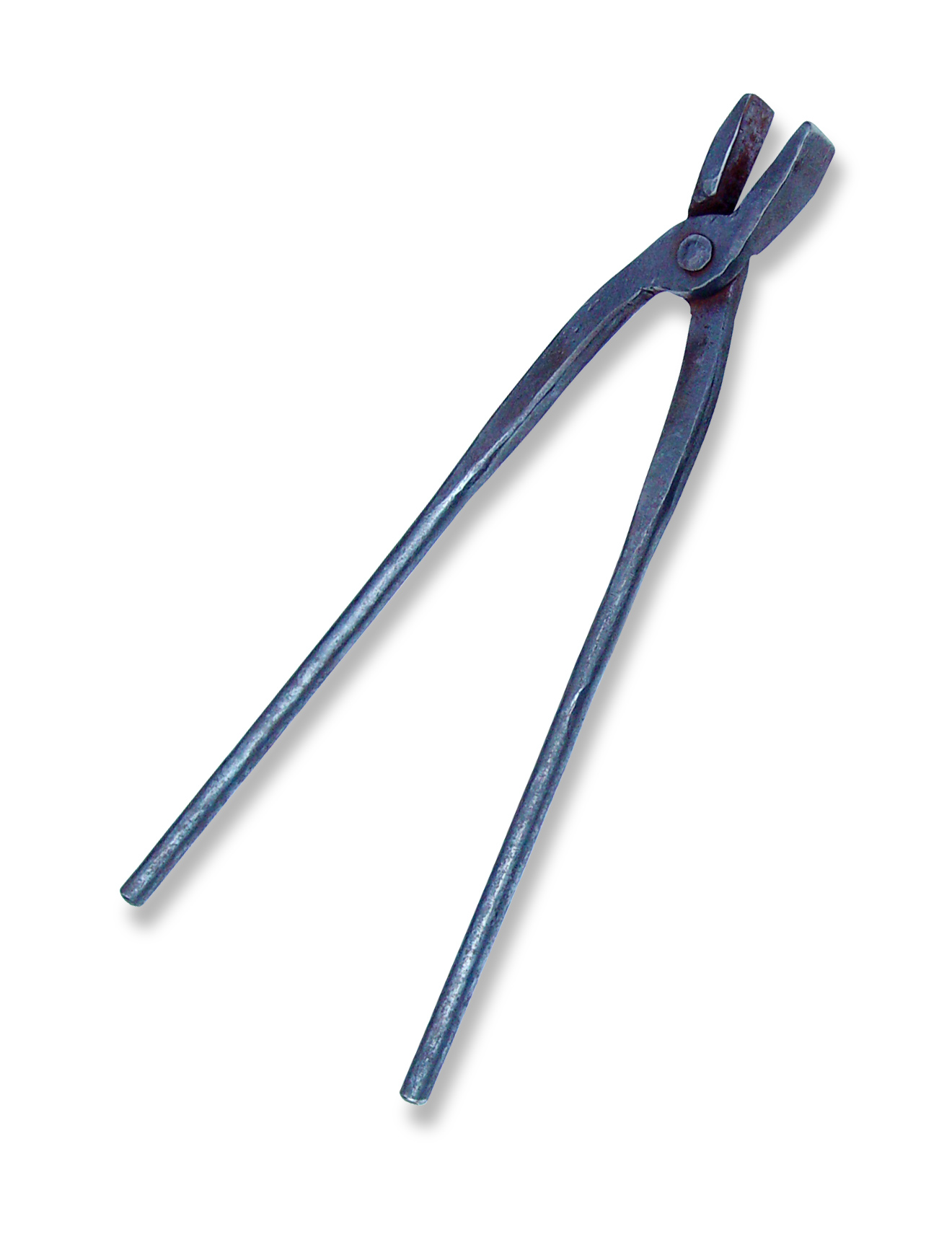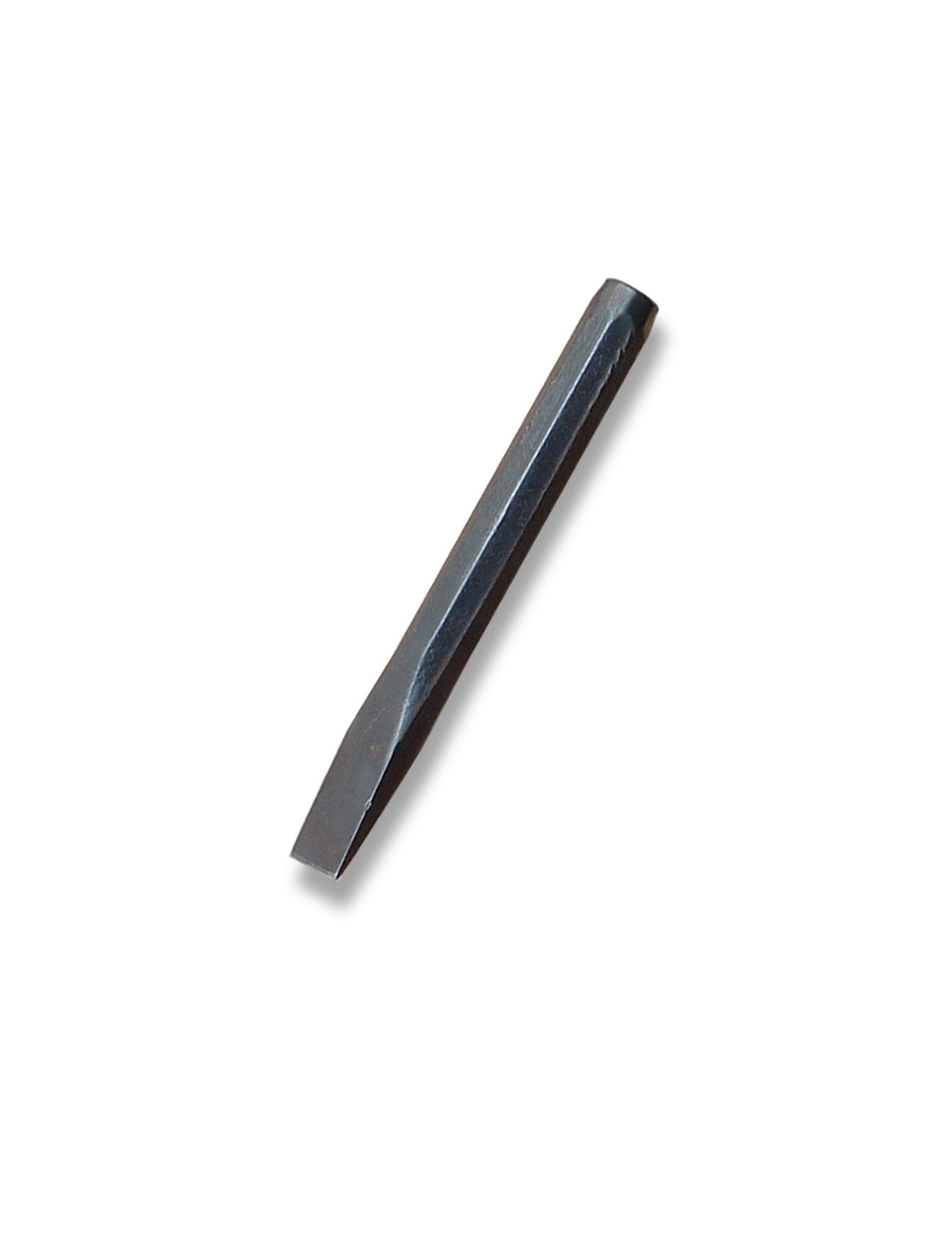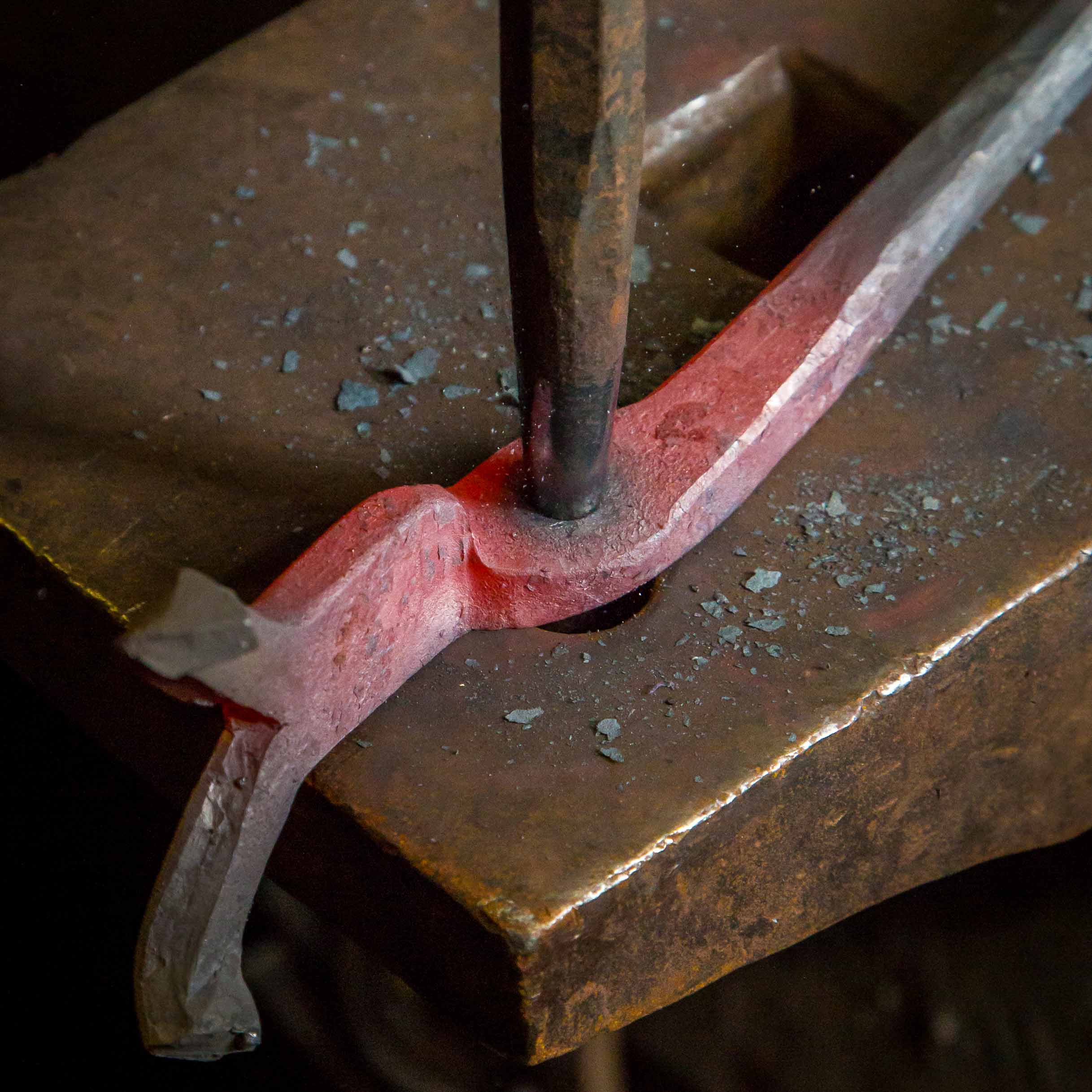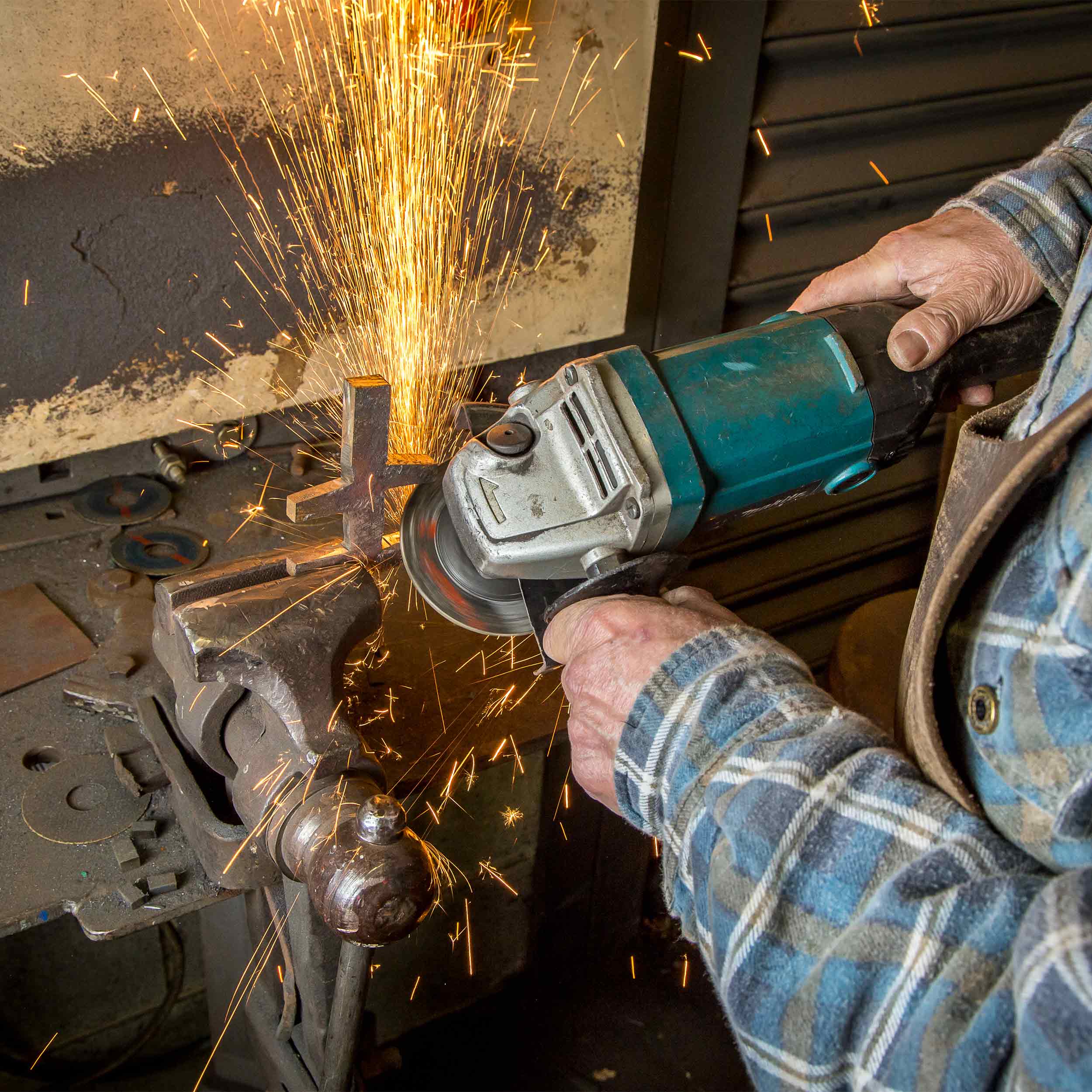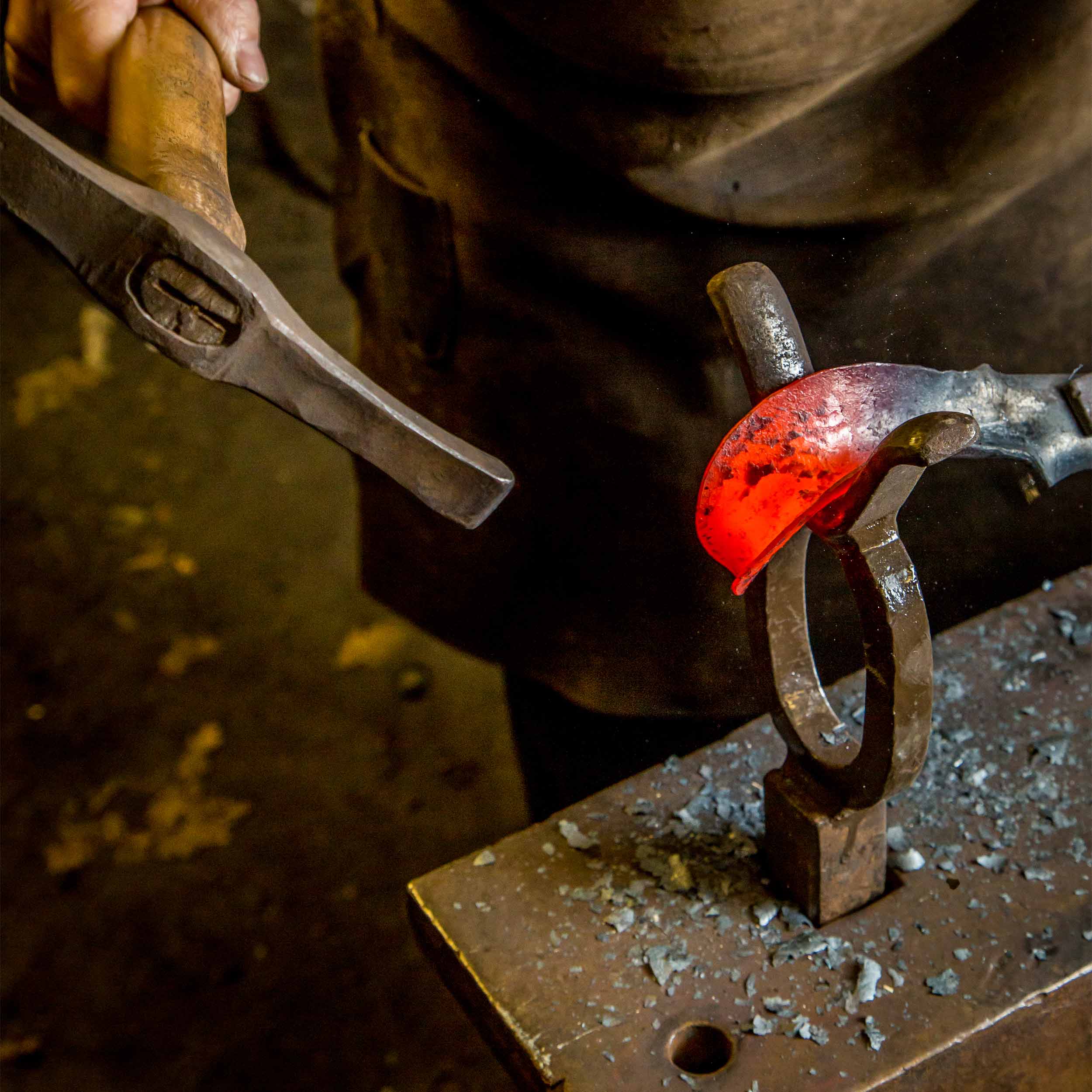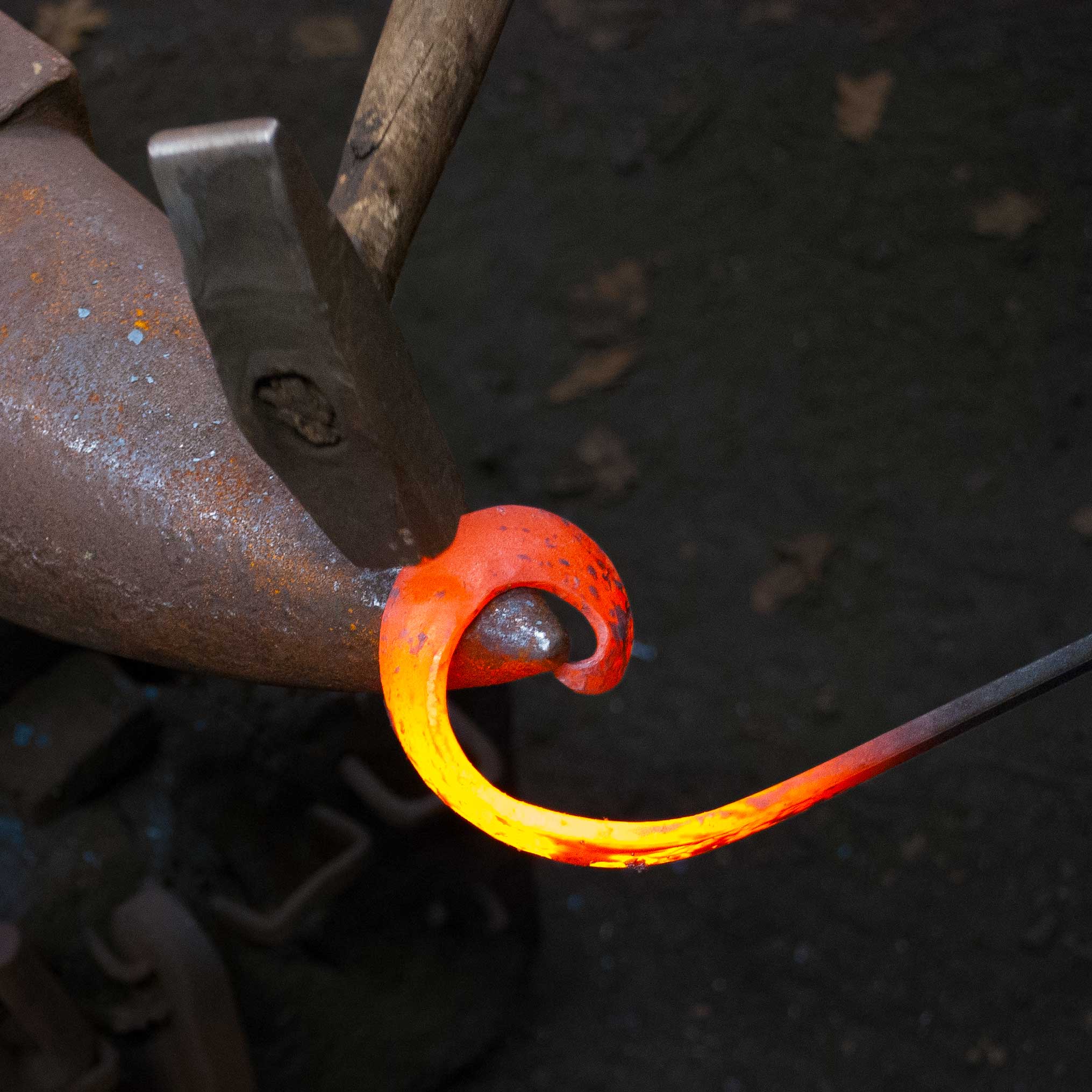THE BEGINNER’S COURSE
Learn six basic techniques of blacksmithing to get you started and make three items to take home with you.
MAKE YOUR OWN TOOLS
Make a blacksmith’s basic toolkit of eight tools and use those tools to make yourself more.
LEAVES & ORGANIC FORMS
Learn more advanced skills to move and shape metal into organic forms with special tools.
SPECIAL SCROLLS
Learn advanced skills in making the more traditional scrolls found in 18th century architectural ironwork.






















